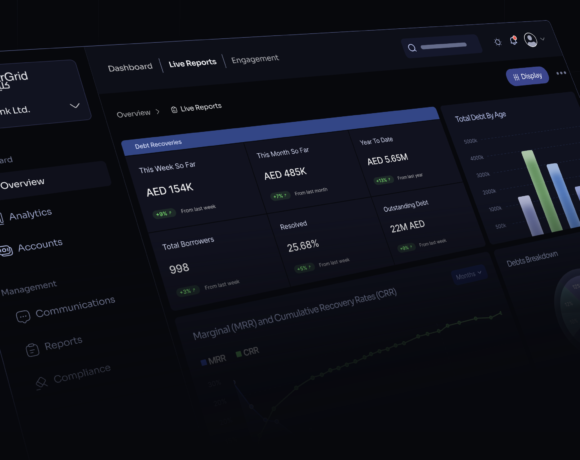COT Report: Mixed week seen ahead of Trump’s tariff offensive – Saxo Bank MENA

Markets react to Trump’s tariff announcement
Financial markets are trading relatively calmly in early Monday sessions after President Trump followed through on his threat to impose tariffs on the United States’ biggest trading partners, including China, over the weekend. He also threatened tariffs against the EU. Two opinion pieces in The Wall Street Journal and Bloomberg criticized his move as unwise, given the low likelihood of Trump achieving his goal of making America great again. Retaliatory measures could equally harm the US economy, potentially boosting inflation and driving bond yields higher at a time when the US fiscal debt situation can ill afford increased funding costs.
The dollar surged on the news, causing the Mexican peso to tumble by 3% and the Canadian dollar to hit its lowest level since 2003, while the euro approached parity. Eventually, all three currencies found some support, possibly due to speculation that the tariffs are part of Trump’s negotiation tactics and could be short-lived. However, JP Morgan warns that if the tariffs are prolonged, they could push both Canada and Mexico onto a recessionary path.
Commodities had a mixed reaction to the announcement. The stronger dollar generally weighed on prices, but the energy sector received a boost following a sudden price spike on 4.5 million barrels of daily crude imports from Canada and Mexico. US refiners in the Midwest, which rely on Canadian oil, may face higher feedstock costs due to the tariffs, potentially impacting the US farming heartland by driving up food costs through increased fuel and logistics expenses.
Gold received a fresh safe-haven bid, but with the dollar rising simultaneously, the higher gold prices have mostly been observed across other gold crosses, where several fresh record highs have been recorded. Industrial metals and key crops are trading lower as we await a counter-response from China, the world’s top consumer of industrial metals and largest importer of corn and soybeans.
Forex:
In the forex market, the aggregate dollar long position against eight IMM forex futures remained unchanged for the week, holding near a six-year high at USD 33.8 billion. Selling pressure on GBP, EUR, and CHF was balanced by demand for JPY, NZD, CAD, and MXN. The Japanese yen position returned to neutral following while the MXN position flipped back to a net long. Overall, this was a week that saw the dollar index trade mostly flat, with minor movements across the major currencies—except for a recovering sterling, which gained 1% over the week.
Commodities:
In commodities, hedge fund buying extended into a sixth week, primarily driven by continued demand across the agriculture sector, led by demand for corn, coffee and cattle, while selling emerged across the economic growth dependent sectors of energy and metals, both precious and industrial. Overall, the net long held by leveraged accounts across 27 major futures contracts reached a fresh 31-month high at 1.64 million contracts.
The table below shows plenty of year highs and lows, with the most notable being:
- Natural gas long at 260k contracts, highest since September 2021
- Soybeans long at 56k contracts, a 14-month high
- Corn long at 351k contracts, highest since May 2022
- Record live cattle long at 157,000 contracts
- Record cotton short at 54k following an unprecedented 40 weeks of net selling
The reporting week saw some nervousness start to creep in as Trump’s tariff threat gained some momentum and markets responded to the DeepSeek fallout across markets. Overall, the Bloomberg Commodity index fell 1.3 percent during the reporting period with losses being led by energy (-3.9%) and industrial metals (-3%), and only partly offset by strong gains across softs (+6.5%) and livestock (+5%). Precious metals traded mixed with a small gold gain being offset by silver weakness.
From an individual perspective, demand was concentrated in Brent crude, natural gas, and as mentioned several agriculture commodities, while sellers focused on WTI crude, Gas oil, wheat and cotton.
What is the Commitments of Traders report?
The COT reports are issued by the U.S. Commodity Futures Trading Commission (CFTC) and the ICE Exchange Europe for Brent crude oil and gas oil. They are released every Friday after the U.S. close with data from the week ending the previous Tuesday. They break down the open interest in futures markets into different groups of users depending on the asset class.
Commodities: Producer/Merchant/Processor/User, Swap dealers, Managed Money and other
Financials: Dealer/Intermediary; Asset Manager/Institutional; Leveraged Funds and other
Forex: A broad breakdown between commercial and non-commercial (speculators)
The main reasons why we focus primarily on the behavior of speculators, such as hedge funds and trend-following CTA’s are:
- They are likely to have tight stops and no underlying exposure that is being hedged
- This makes them most reactive to changes in fundamental or technical price developments
- It provides views about major trends but also helps to decipher when a reversal is looming
Do note that this group tends to anticipate, accelerate, and amplify price changes that have been set in motion by fundamentals. Being followers of momentum, this strategy often sees this group of traders buy into strength and sell into weakness, meaning that they are often found holding the biggest long near the peak of a cycle or the biggest short position ahead of a through in the market.
Last Updated on 2 months by News Desk 1












